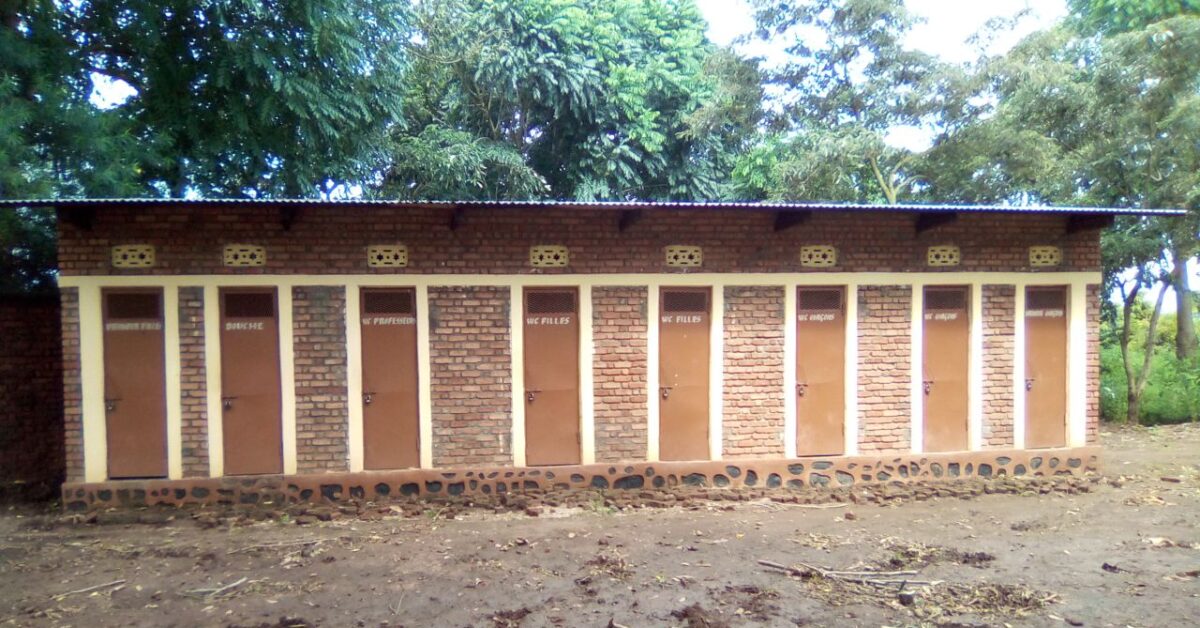Students participate in building schools that are responsive to their needs.
Million’s children in the Democratic Republic of the Congo schools learn in infrastructures that did not meet minimum norms and standards. Secondary schools in Uvira are struggling to provide adequate educational facilities for children. This means that children are forced to study in buildings built in the 1990s that lack everything: proper toilets, running water, libraries, and adequate teaching materials. It’s is a fundamental problem, as the quality of school facilities is linked to the academic performance of students and teachers.
Students-led monitoring and advocacy as a creative way to change the status quo
A lack of effective students’ engagement often mismatches what the education service is trying to achieve and students’ needs. The students-led monitoring initiative in South Kivu is helping to improve the delivery of education services and strengthen accountability between students, communities, and education sector decision-makers.
To ensure the school meets minimum education standards, CERC established 35 Integrity Clubs in Uvira, trained 525 monitors, and equipped them with technology and tools to monitor education services in their schools. CERC’s training in Community Integrity Building enables monitors to analyse school performance, take photos of the services, conduct beneficiary surveys, verify findings, and engage with stakeholders such as the headteacher and parents committee to fix problems.
In June 2018, two months after they were trained and started follow-up activities using the training and tools they received, monitors from these 35 partner schools discovered several severe problems with the school’s facilities. A frequent problem found in all schools was the lack of adequate toilet facilities that could not meet the demand and were not cleaned regularly. The monitoring results also showed that 19 schools lacked running water. This means that students did not wash their hands after using the restroom and missed drinking water at school.
These monitors raised problems and recommendations with their school officials from that time onwards. Through this constructive engagement, these students have influenced the change in their schools, ensuring that additional classrooms are built, poor facilities rehabilitated, toilets built, desks repaired and leaking tiles replaced.
By 2020, 13 secondary schools monitored are now using water in the toilets, spraying them with the danger of hand-dirty disease. In addition to this, the three schools have new toilets and classrooms thanks to the commitment of the young community monitors.
